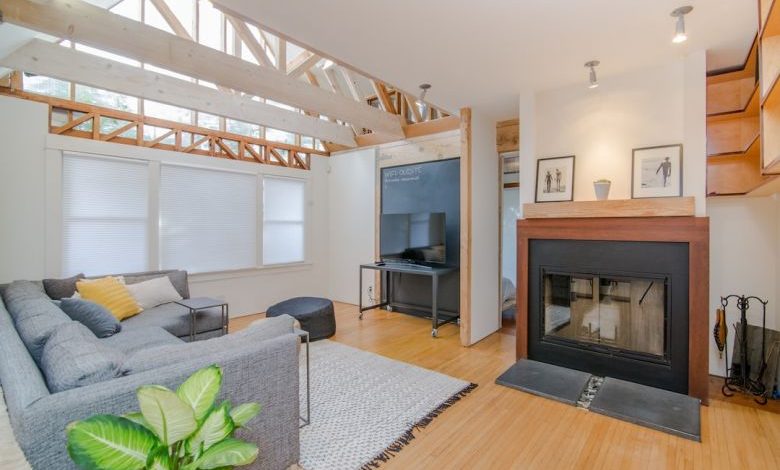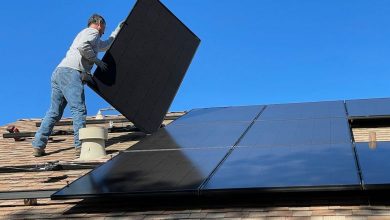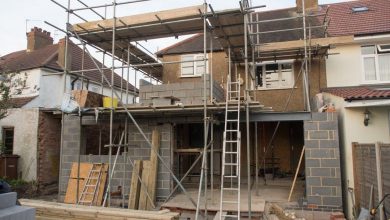How Can I Temperature-proof My Home?

When it comes to making your home comfortable throughout the year, temperature control is key. Whether you’re dealing with scorching summer heat or freezing winter temperatures, finding ways to temperature-proof your home can help you stay comfortable and save on energy costs. Here are some tips and tricks to help you achieve a more comfortable and energy-efficient home.
Insulation: The Foundation of Temperature-proofing
Insulation is the foundation of temperature-proofing your home. Proper insulation helps to regulate the temperature inside your home by preventing heat transfer. Without adequate insulation, your home can experience significant temperature fluctuations, making it uncomfortable and causing your heating and cooling systems to work overtime.
Start by checking the insulation in your walls, attic, and crawl spaces. Insulation should be evenly distributed and without any gaps or thin spots. If you find areas that are lacking insulation, consider adding more to ensure proper coverage.
Windows and Doors: The Gateway to Temperature Control
Windows and doors are often the weakest points in a home’s insulation. When they are not properly sealed, air can leak in or out, causing drafts and temperature imbalances. To temperature-proof your home, focus on improving the insulation around your windows and doors.
Check for any gaps or cracks around your windows and doors and seal them with weatherstripping or caulk. Weatherstripping can be added to the edges of doors and windows to create a tight seal, while caulk can be used to fill in any gaps or cracks in the frames.
If your windows are outdated or poorly insulated, consider upgrading to energy-efficient windows. These windows are designed to reduce heat transfer and keep your home more comfortable year-round.
Smart Thermostats: Precision Temperature Control
A smart thermostat can be a game-changer when it comes to temperature-proofing your home. These devices allow you to program and control the temperature in your home with precision, helping you save energy and stay comfortable.
With a smart thermostat, you can schedule temperature adjustments based on your daily routine. For example, you can program it to lower the temperature while you’re away at work and raise it just before you come home. This way, you won’t be wasting energy heating or cooling an empty house.
Smart thermostats also have features that allow you to control the temperature remotely using your smartphone. This means you can adjust the temperature from anywhere, ensuring your home is comfortable when you arrive.
Energy-efficient Appliances: Cooling and Heating Made Efficient
When it comes to temperature-proofing your home, it’s important to consider the efficiency of your cooling and heating systems. Outdated or inefficient appliances can lead to higher energy bills and less control over your home’s temperature.
Consider upgrading to energy-efficient cooling and heating systems. Look for appliances with high energy efficiency ratings, such as ENERGY STAR-certified models. These appliances are designed to use less energy while still providing optimal performance.
Regular Maintenance: Keeping Your Systems in Top Shape
Regular maintenance is essential for keeping your cooling and heating systems in top shape. By scheduling annual check-ups and inspections, you can ensure that everything is running smoothly and efficiently.
During these maintenance visits, a professional can clean and tune up your systems, ensuring they are operating at their best. They can also identify any potential issues and address them before they become costly repairs.
Conclusion: A Comfortable and Energy-efficient Home
Temperature-proofing your home is all about creating a comfortable and energy-efficient living space. By focusing on insulation, windows and doors, smart thermostats, energy-efficient appliances, and regular maintenance, you can achieve a more comfortable and cost-effective home.
Take the time to assess your home’s insulation and make any necessary improvements. Seal any gaps or cracks around your windows and doors, and consider upgrading to energy-efficient windows if needed. Invest in a smart thermostat to have precise control over your home’s temperature, and upgrade to energy-efficient cooling and heating systems.
Finally, don’t forget the importance of regular maintenance. By keeping your systems in top shape, you can ensure they are running efficiently and effectively.
With these tips and tricks, you’ll be well on your way to temperature-proofing your home and enjoying a comfortable living environment all year round.




